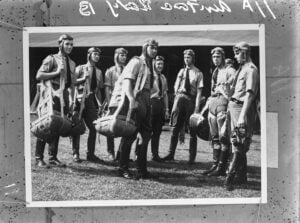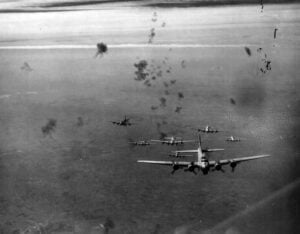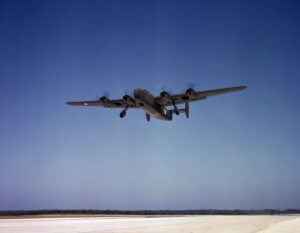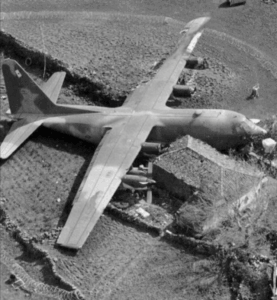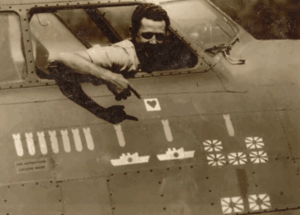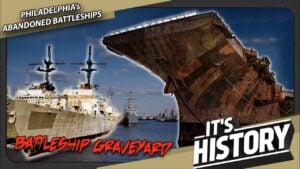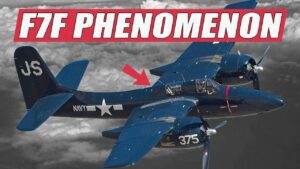The Prettiest Fighters To Never See Combat
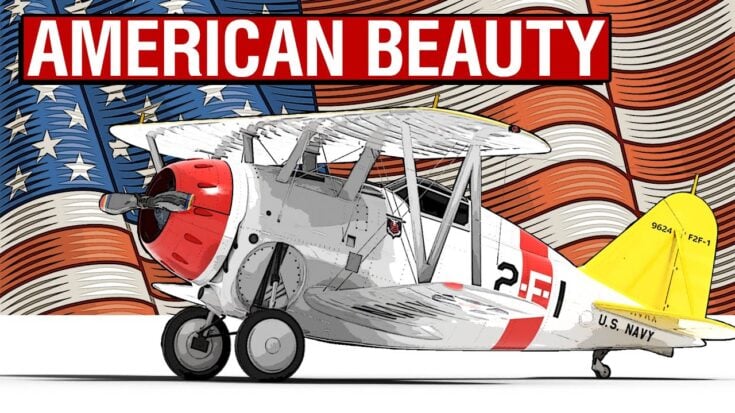
YouTube / Rex's Hangar
In the vibrant days before World War II, U.S. Navy flight decks were a riot of color—gleaming silver fuselages, bright yellow wings, and red or blue trim. Among these dazzling aircraft stood two of the most elegant and significant biplanes ever to grace the Navy’s carriers: the Grumman F2F and F3F. These were the last American biplane fighters to serve in front-line naval squadrons—aircraft that never fired a shot but trained the men who soon would.
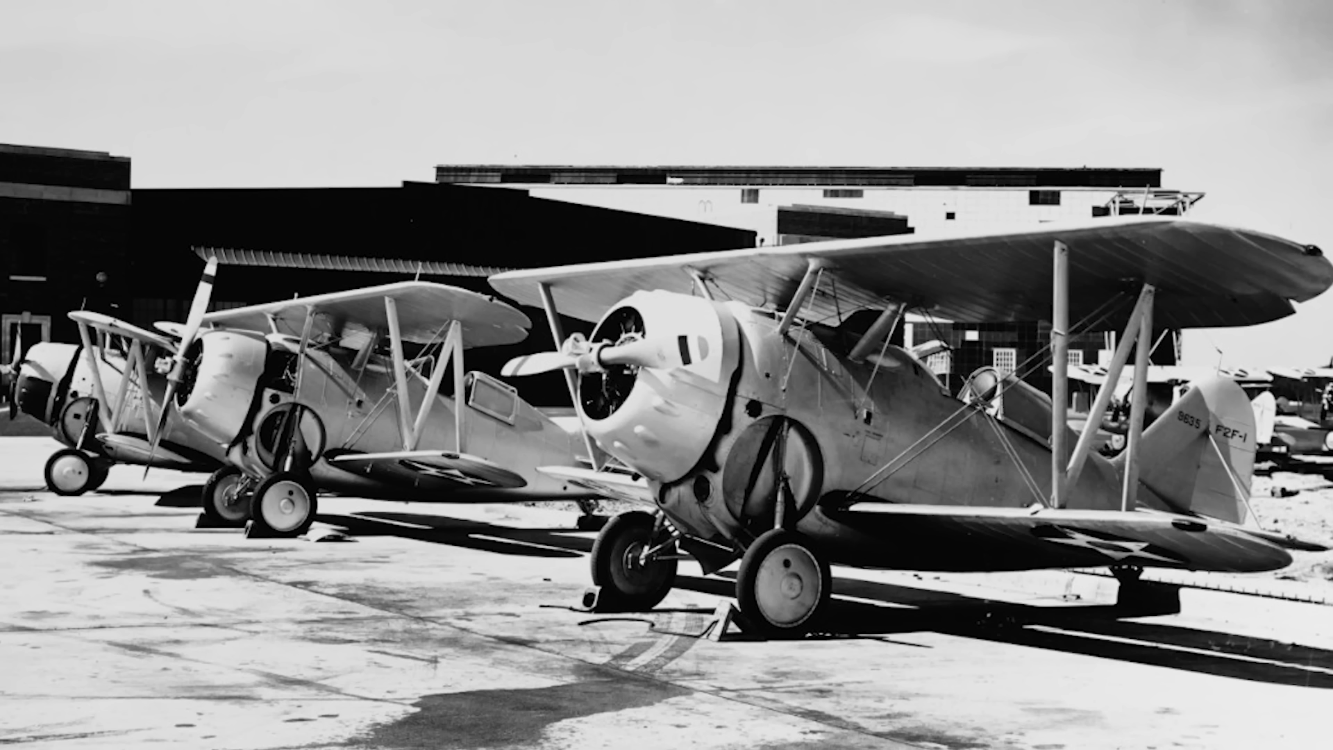
The End of an Era
The Grumman F2F first flew in 1933, at a time when the Navy sought reliability and safety as much as performance. Its design featured a watertight fuselage that allowed it to stay afloat after ditching—a vital trait for carrier pilots. Compact, strong, and fast for its day, the F2F became the Navy’s primary shipboard fighter in the mid-1930s.
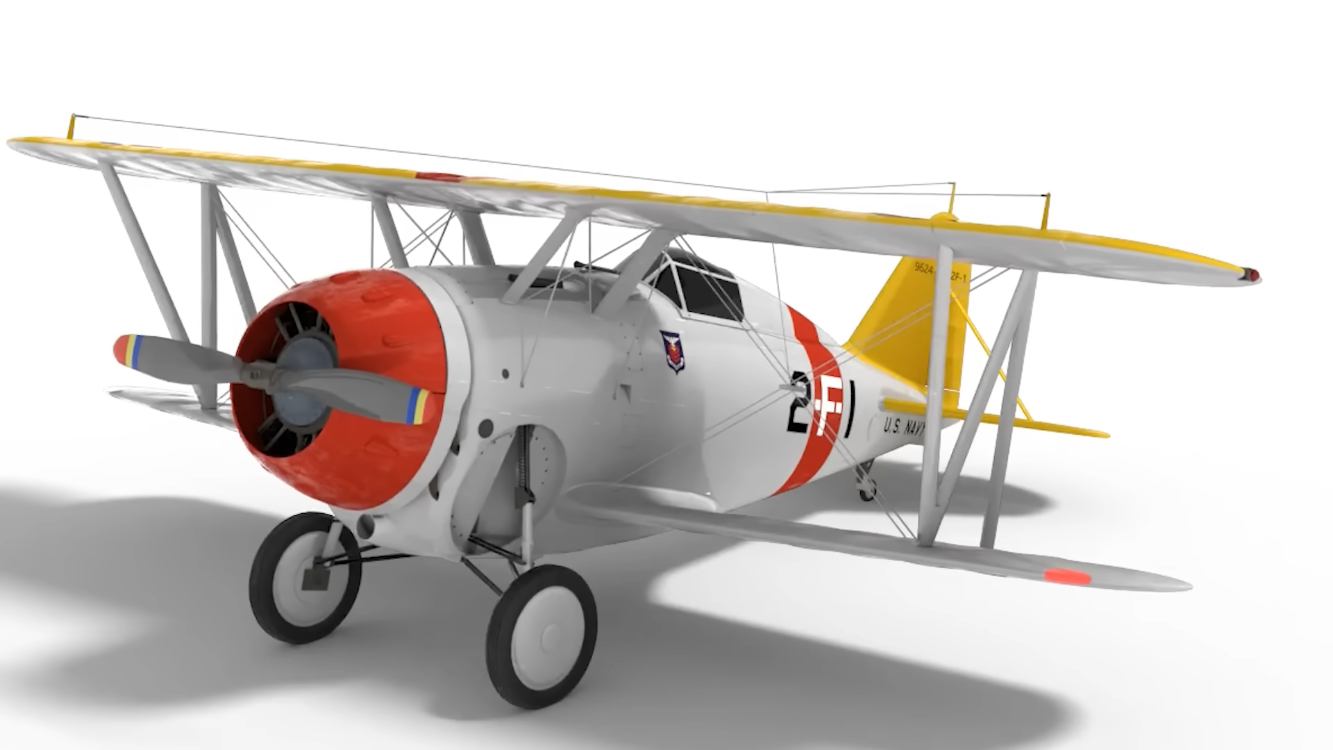
It proved to be a rugged little machine, forgiving to rookie pilots and capable of handling the harsh punishment of carrier landings. Though it never saw combat, it played a critical role in shaping the skills and confidence of the Navy’s next generation of fliers—many of whom would go on to fight in the Pacific.
The F3F: The Navy’s Last Biplane Fighter
The F3F followed in 1935, correcting many of the F2F’s flaws and pushing biplane performance to its limits. With a lengthened fuselage, more powerful engine, and superb maneuverability, it was a joy to fly—and notoriously photogenic. The F3F could reach speeds of 250 mph and pull up to 9Gs, earning it a reputation as a pilot’s airplane.
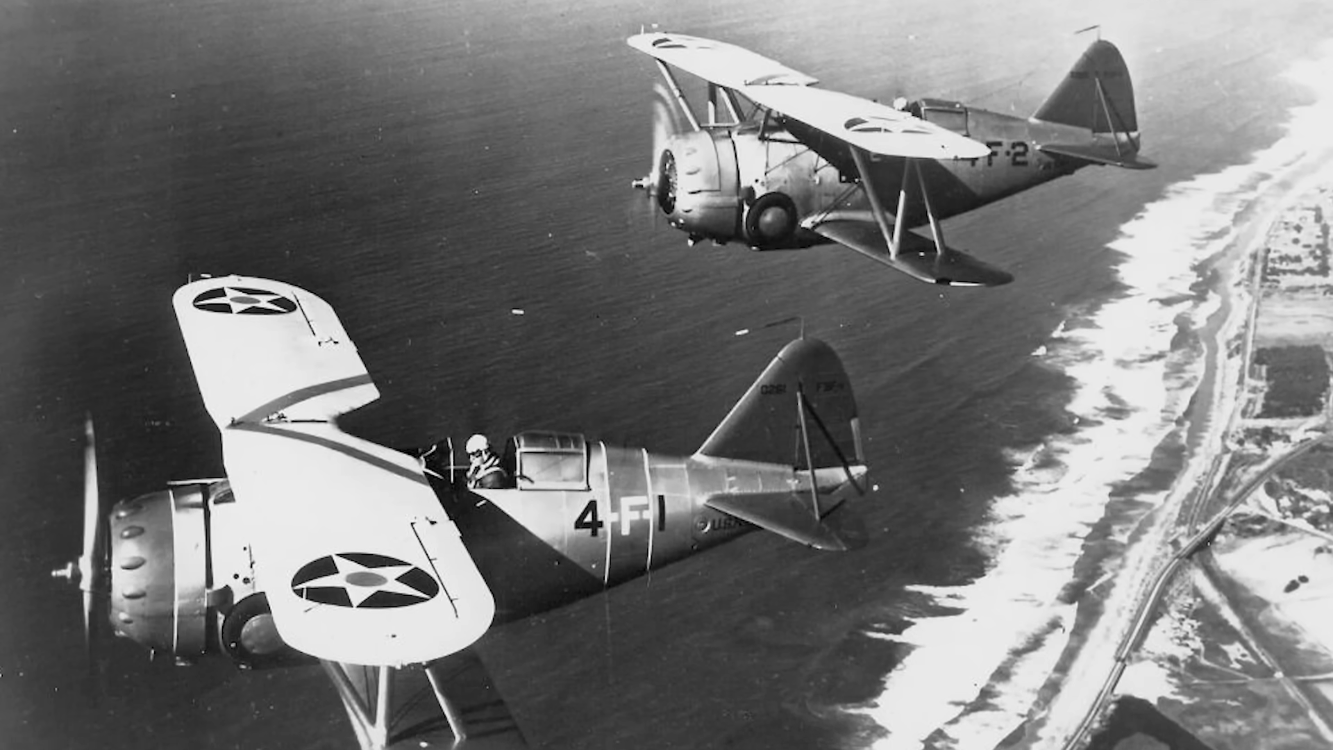
But its career was short. By 1940, the Navy’s sleek new monoplanes—the Brewster Buffalo and Grumman Wildcat—had rendered it obsolete. Most F3Fs were reassigned as trainers, teaching wartime pilots the finer points of carrier flight before they moved on to modern fighters.
From Airshow Star to Smithsonian Treasure
Even after its retirement, the F3F found fame in civilian hands. Gulf Oil’s chief pilot, Al Williams, commissioned Grumman to build him an aerobatic version known as the Gulfhawk II. Stripped of military gear and fitted with a 1,000-horsepower engine, it could hit nearly 290 mph—phenomenal for a biplane. Williams toured the world with it, dazzling crowds and even allowing German ace Ernst Udet to take it aloft.
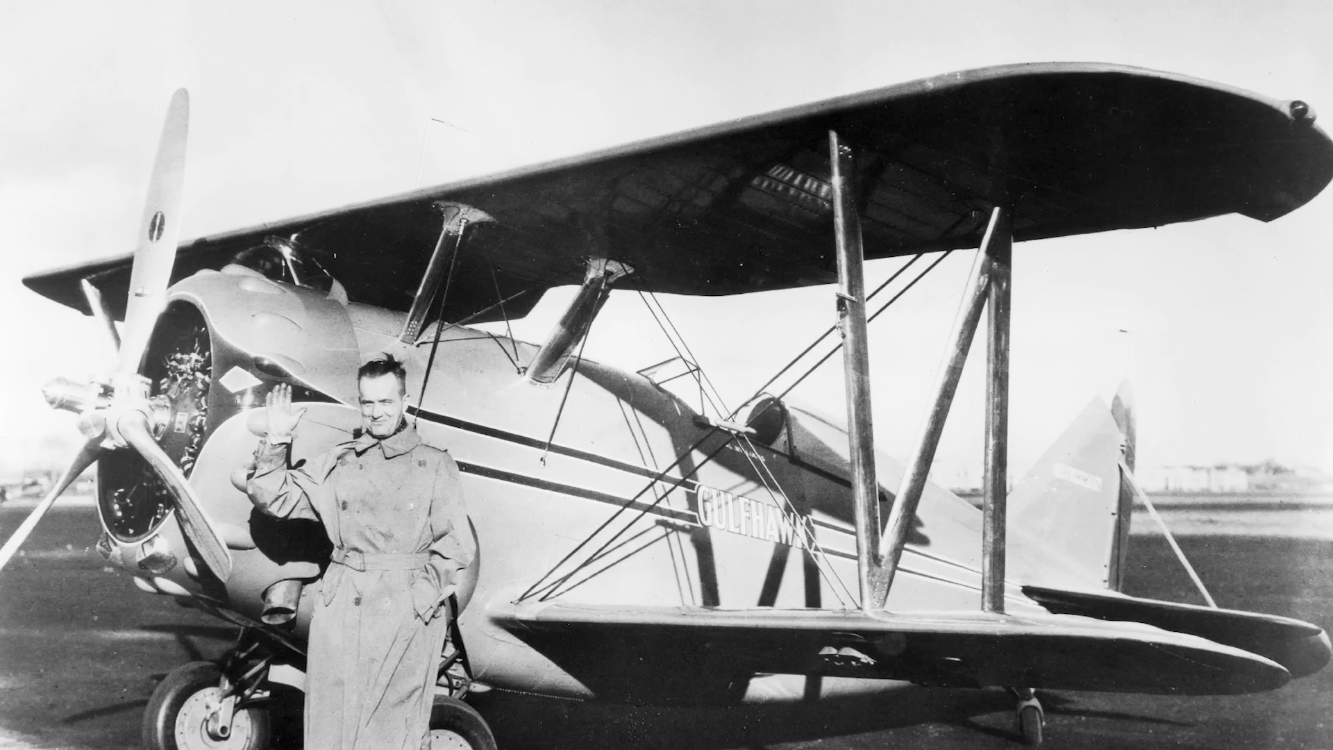
Today, that same orange-and-silver Gulfhawk II hangs proudly in the Smithsonian’s National Air and Space Museum—a gleaming reminder of a time when fighter planes were as beautiful as they were bold.
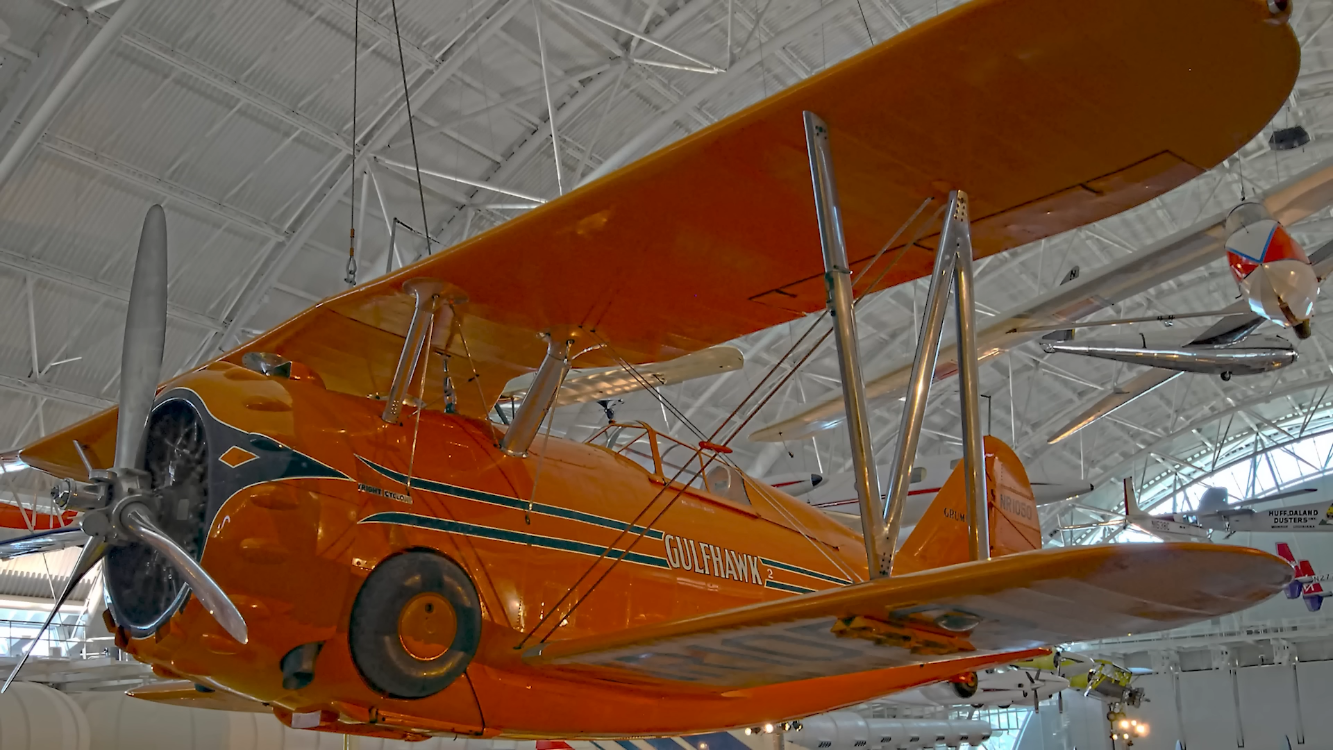
A Legacy in Silver and Yellow
The F2F and F3F may never have seen combat, but their contribution to American aviation was profound. They bridged the gap between fragile 1920s biplanes and the rugged monoplanes that won the Pacific War. They trained the pilots, refined carrier tactics, and solidified the partnership between Grumman and the U.S. Navy—a relationship that would later produce the legendary Wildcat, Hellcat, and beyond.
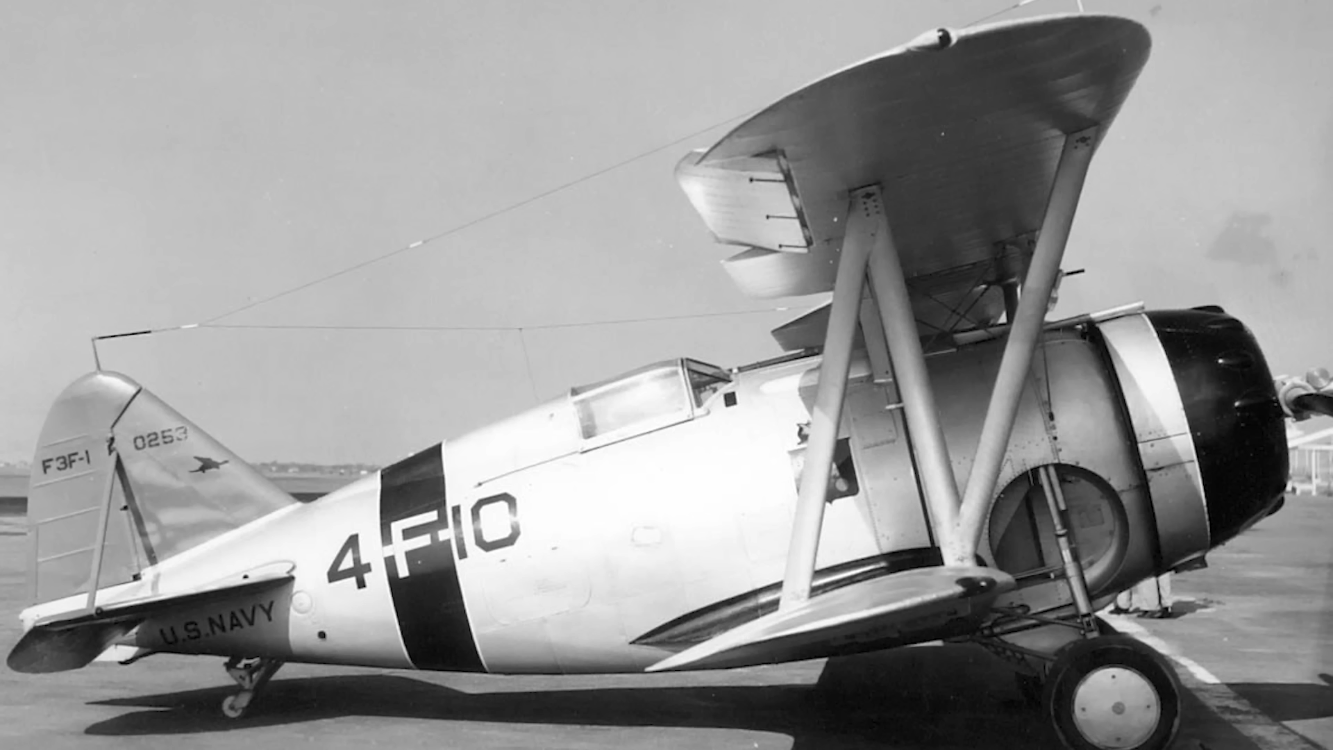
They were, quite simply, the prettiest fighters to never see combat.














